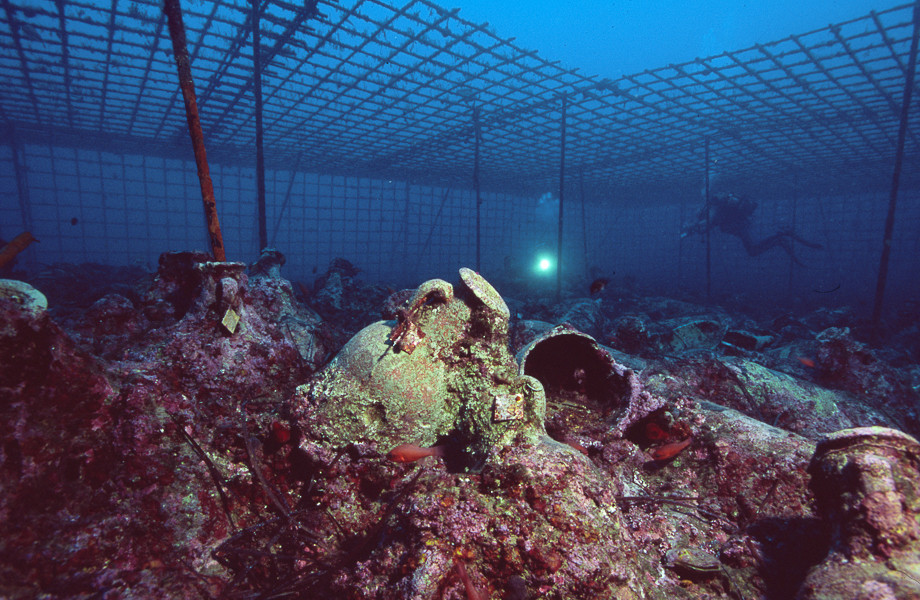
ANCIENT BOAT WITH CARGO OF AMPHORAE
DEPTH: 25 - 30 m
SKILL: All
Merchant – sailing boat; North Africa
Period: second half of 4th century
Sunk: Cause of sinking is unknown. It is assumed that rough seas breached the overloaded boat which then sank.
Dimensions: length about 30 m
Coordinates: 42.59333° N, 18.20333° E
Location: Southern coast of the islet of Supetar.
Access: 2/5 access is possible only by boat
Visibility: 3/5 mostly good
Current: 4/5 mostly weak
Flora and fauna: 3-4/5 varied life on and around the wreck Octopuses are common, sometimes smaller groupers and conger eels
HISTORY:
In 1999 an ancient untouched ship with a cargo of amphorae was discovered 300 metres from the site of the dolia. It is believed to be the largest number of amphorae discovered on any site on the Eastern Adriatic. More than 600 amphorae were documented on the surface layer but it is estimated that the total cargo could be twice that number. It was a boat about 30 or so metres long because only such a boat could carry such a quantity of amphorae that like a little hill extended 20 metres in length and 14 metres in width. After being documented a protective net was placed over the surface layer, and the site was presented for tourist diving under supervision. The attractiveness and attendance is high, and it was also presented to experts of ICOMOS (International Council on Monuments and Sites).
The North African (Tunisia) amphorae constituted the major part of the cargo of the sunken boat. They are large amphorae, up to 115 centimetres long, sturdy with great capacities. Their characteristics are small handles, narrow and short necks and long cylindrical bodies with elongated feet.
The mentioned areas are well-known for their large diversity and abundance in variants. At the Supetar site at least three variants have been noted. Alongside them at the site can be seen the Late Roman 2 type of amphorae which were probably loaded as additional cargo in the region of today’s Greece, which reveals to us the route which the boat was sailing. A diving tourist will get the impression that before them is a mountain of ancient dishes, which is correct as below it is hidden the complete boat’s structure and the remains of the boat’s kitchen. According to known finds it is assumed that the boat sank sometime in the second half of the 4th century.
CONDITION OF THE SITE AND DIVING:
The accessible depths and impressiveness of the hill of amphorae ranks this site between the most attractive for tourist diving. Visibility is mostly good, however due to the sandy, muddy bottom it can also be poor. The current is mostly weak. The seabed is flat, and the surroundings are covered with seaweed. The amphorae are favourite habitats for groupers, small conger eels and octopuses. For underwater residents these are ideal shelters because they are located on the flat bottom. The whole site can be viewed in one dive. Diving does not present a great problem for less experienced tourist divers with guidance and the use of an exit rope.
We stress that the site is a cultural asset which is located in a protected zone so diving activities are permitted only through authorised diving centres.
The description and illustrations are a courtesy of Danijel Frka and Jasen Mesić. Buy the whole book here: https://shop.naklada-val.hr/product_info.php?products_id=561
Period: second half of 4th century
Sunk: Cause of sinking is unknown. It is assumed that rough seas breached the overloaded boat which then sank.
Dimensions: length about 30 m
Coordinates: 42.59333° N, 18.20333° E
Location: Southern coast of the islet of Supetar.
Access: 2/5 access is possible only by boat
Visibility: 3/5 mostly good
Current: 4/5 mostly weak
Flora and fauna: 3-4/5 varied life on and around the wreck Octopuses are common, sometimes smaller groupers and conger eels
HISTORY:
In 1999 an ancient untouched ship with a cargo of amphorae was discovered 300 metres from the site of the dolia. It is believed to be the largest number of amphorae discovered on any site on the Eastern Adriatic. More than 600 amphorae were documented on the surface layer but it is estimated that the total cargo could be twice that number. It was a boat about 30 or so metres long because only such a boat could carry such a quantity of amphorae that like a little hill extended 20 metres in length and 14 metres in width. After being documented a protective net was placed over the surface layer, and the site was presented for tourist diving under supervision. The attractiveness and attendance is high, and it was also presented to experts of ICOMOS (International Council on Monuments and Sites).
The North African (Tunisia) amphorae constituted the major part of the cargo of the sunken boat. They are large amphorae, up to 115 centimetres long, sturdy with great capacities. Their characteristics are small handles, narrow and short necks and long cylindrical bodies with elongated feet.
The mentioned areas are well-known for their large diversity and abundance in variants. At the Supetar site at least three variants have been noted. Alongside them at the site can be seen the Late Roman 2 type of amphorae which were probably loaded as additional cargo in the region of today’s Greece, which reveals to us the route which the boat was sailing. A diving tourist will get the impression that before them is a mountain of ancient dishes, which is correct as below it is hidden the complete boat’s structure and the remains of the boat’s kitchen. According to known finds it is assumed that the boat sank sometime in the second half of the 4th century.
CONDITION OF THE SITE AND DIVING:
The accessible depths and impressiveness of the hill of amphorae ranks this site between the most attractive for tourist diving. Visibility is mostly good, however due to the sandy, muddy bottom it can also be poor. The current is mostly weak. The seabed is flat, and the surroundings are covered with seaweed. The amphorae are favourite habitats for groupers, small conger eels and octopuses. For underwater residents these are ideal shelters because they are located on the flat bottom. The whole site can be viewed in one dive. Diving does not present a great problem for less experienced tourist divers with guidance and the use of an exit rope.
We stress that the site is a cultural asset which is located in a protected zone so diving activities are permitted only through authorised diving centres.
The description and illustrations are a courtesy of Danijel Frka and Jasen Mesić. Buy the whole book here: https://shop.naklada-val.hr/product_info.php?products_id=561


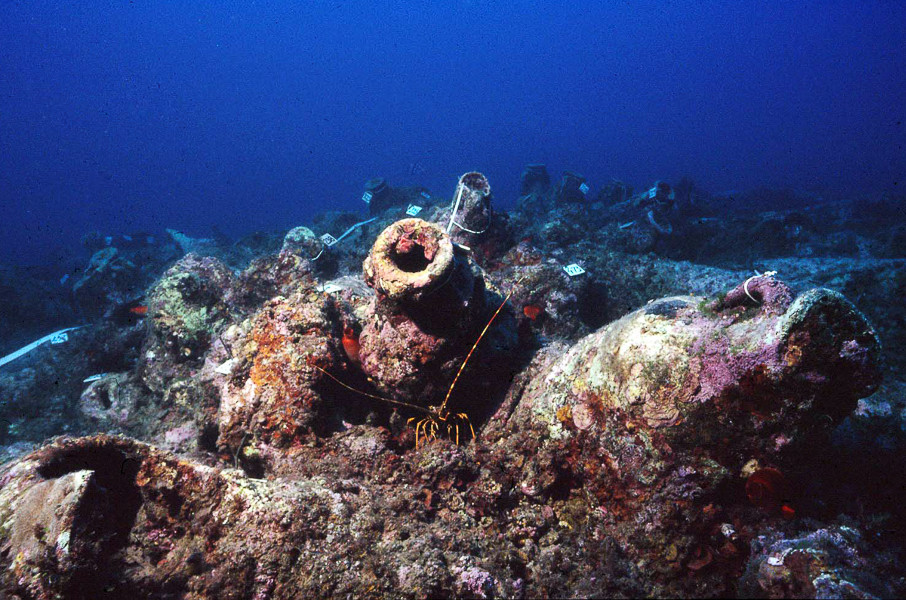
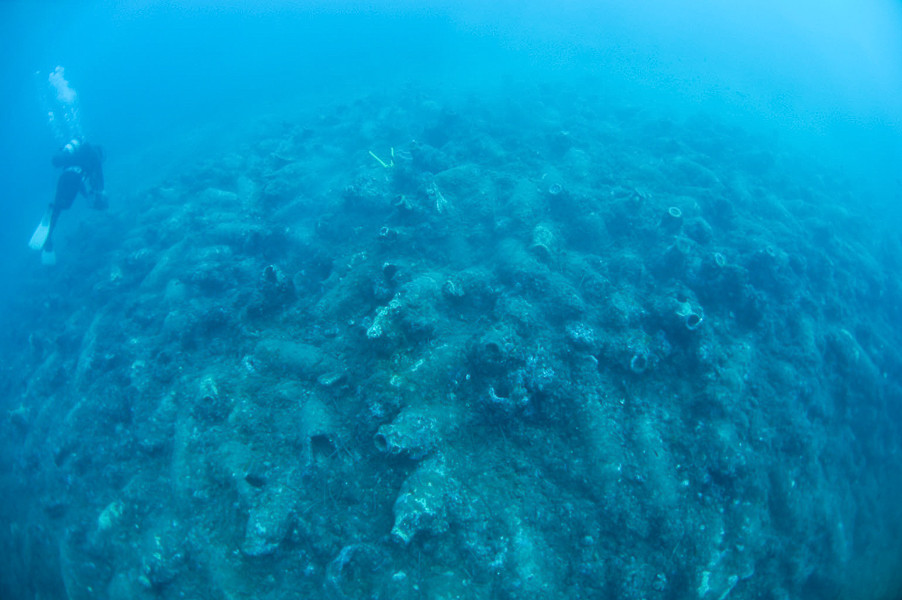
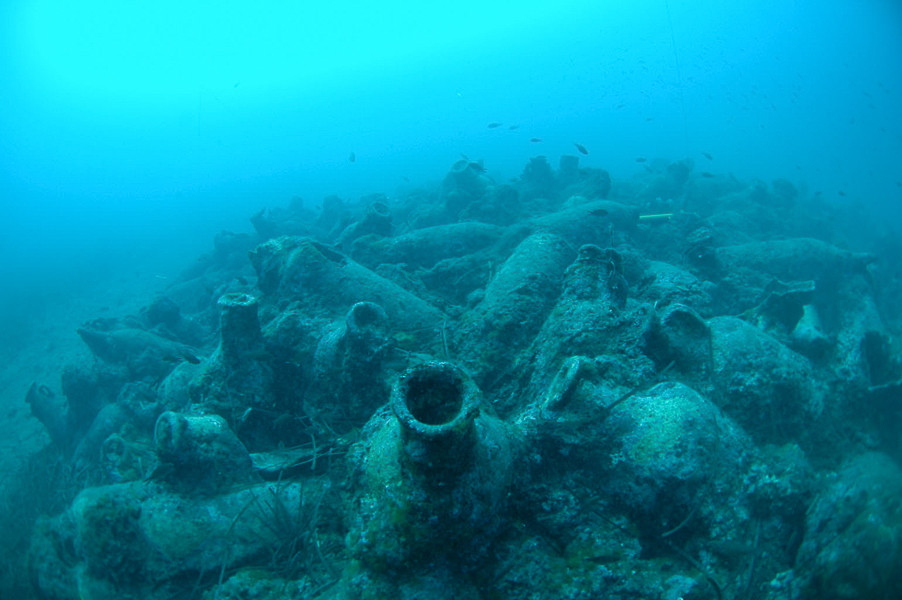

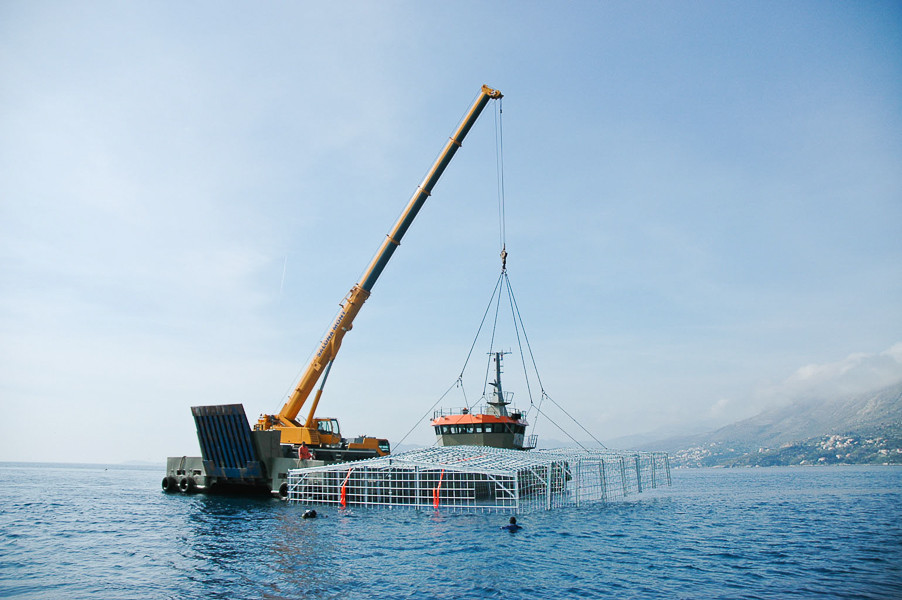
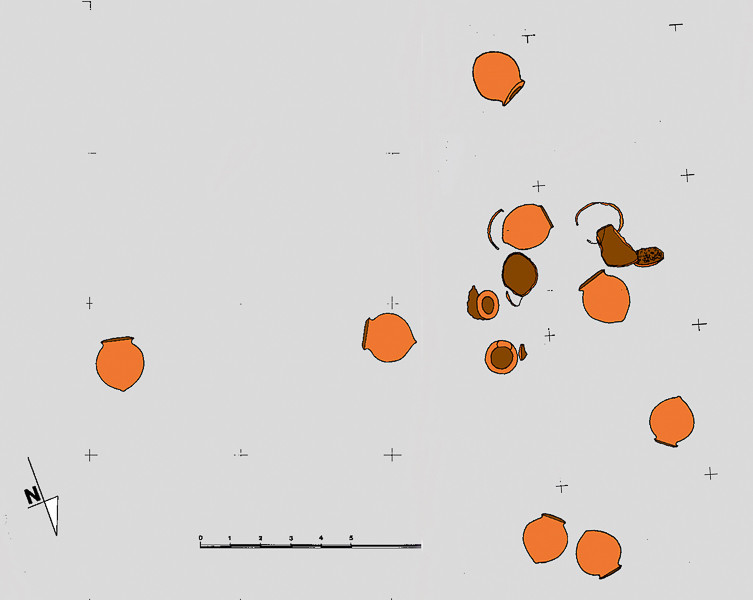
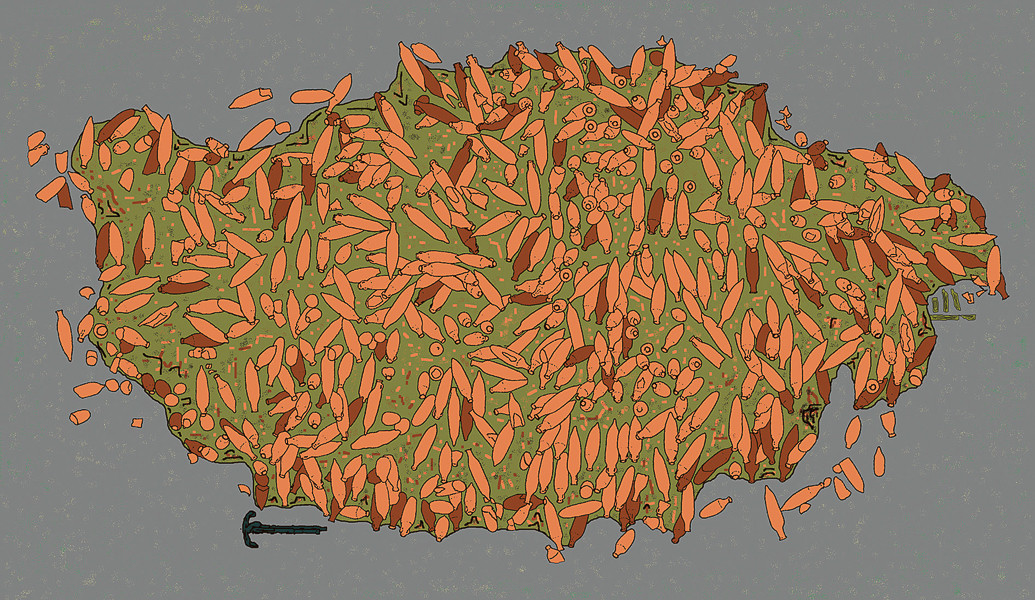
 The investment is co-financed by the Republic of Slovenia and the European Union from the European Regional Development Fund.
The investment is co-financed by the Republic of Slovenia and the European Union from the European Regional Development Fund.  H2O Globe BETA
H2O Globe BETA